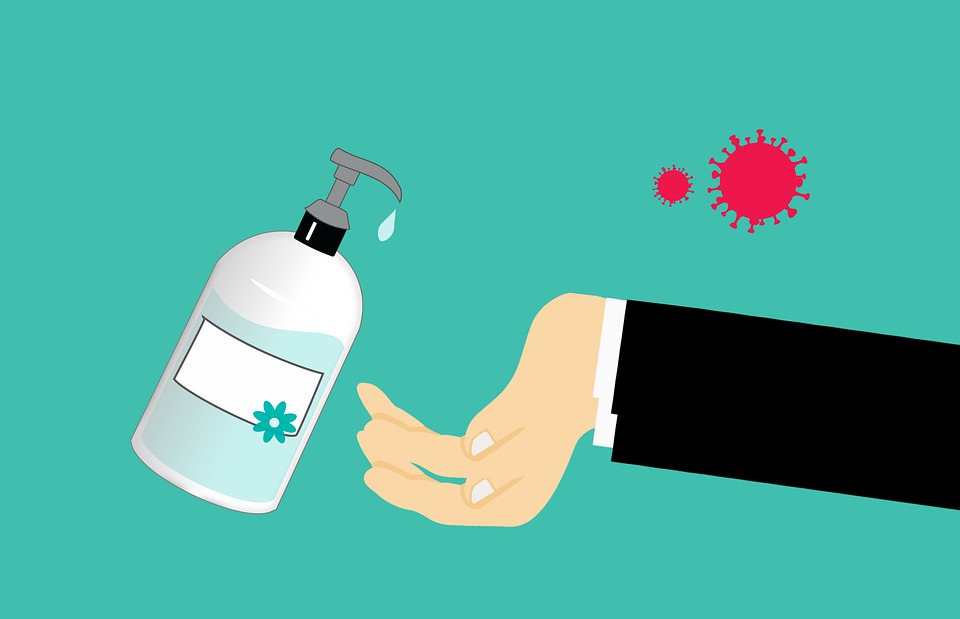Bathroom sink, shower, bathtub are usually hotspot for high microbial load. So, more care should be taken when using these areas. Any item sitting around the sink is prone for microbial cross contamination from its use and from sink. So, they should be kept closed or rinse frequently.
TAPS:
we touch taps before and after we wash our hands, so we are transferring germs onto taps every time. Some study shows that they contained up to a level of 6,267 bacteria per square inch. That’s sometimes more than you find in your sink.
TOOTHPASTE:
When toothpaste is in use, they can become contaminated while their tube is in use. Microorganisms have been identified from used toothpaste samples. The level of contamination of 103 – 105 cfu/g has been found in some tubes tested. Proliferation of fungal species was also observed in these toothpaste samples. Level was up to 105 cfu/g.
TOOTHBRUSH:
If toothbrushes are usually sitting in open environment and near the sink, they are exposed to viable particles. Just imagine if toothbrushes are in close proximity of a toilet bowl, they can also have contamination of faecal microorganisms.
For the good care of toothbrush, run hot water over the bristles before and after each use. This gets rid of bacteria that may have collected on the toothbrush in the hours between brushings. Also give it a good shake to remove excess water, and then to store it upright in a cup or holder so that it’s not touching any other toothbrushes. Make sure the brush holder is perforated from the bottom so it will drain out the remaining water, otherwise stagnant water in the holder will become another hotspot for biofilm formation. If toothbrush holder is accumulating water make sure you are discarding the water daily while rinsing it with fresh water and drying.
TOWELS
Many people assume that the bathroom doorknob and light switches would not be dirty but some studies reflect otherwise. For sanitisation, wipe them with 70% Iso Propyl Alcohol after cleaning.
Bacteria and viruses can be transferred to towels in toilet. They are often harmless, but some can cause infection, particularly in people with skin problems or wounds. Most germs can survive on fabrics for many days. Use the hottest water wash cycle, add half a cup of bleach (i.e. colour safe bleach for dyed fabrics and chlorine bleach for white beddings. Hottest drying cycle can also help in reducing numbers.
SHOWER:
In walking, we shed up to 100,000 particles when slow walking. Similarly, we shed up to 30,000,000 particles when vigorously moving. 50% of our house dust is skin flakes. Showering and Bathing remove Thousands of millions of microorganisms from the surface of the skin. Another important point is; when dust particles hang in the air due to the regular walking, particles stay suspended for several hours before they settle on a surface. Showers and bathtub are the places which are very prone for the development of the biofilm, a slimy layer formed due to multiplication of microorganisms.
Similarly, water quality is also important in harbouring microbial load. Sanitation (draining of water) of water helps avoid building up of biofilm formation in that location. If any area is not sanitary (i.e. allows water to accumulate) or tap/showerhead is not in frequent use, some water should be discarded before their next use as stagnant water in the piping/showerhead support multiplication of microorganism. Therefore any area where water is used makes that area a hot spot for microbial proliferation and cross contamination.
As bacteria flourish in showerheads and water distribution systems but most of these bacteria are harmless, but some can cause lung infections. Still, just because mycobacteria live in your showerhead doesn’t mean you’ll get sick or are more likely to get a respiratory infection.
Bacteria which are usually detected in these areas are Micrococcus, Staphylococcus, E. coli, Streptococcus, Campylobacter species. The most serious common infection that you can acquire from a shower is MRSA, or methicillin-resistant staphylococcus aureus. This can cause boils in the skin that may require treatment with antibiotics or surgical drainage
Sometime we see formation of pink slime all around shower. This pink slime is often referred to as either Serratia marcescens or due to mold that grows on shower cubicles, bathtubs, sinks, and can occasionally be seen on kitchen taps. While it’s harmless to most healthy people whose skin may brush up against the pink mold in a narrow shower, it can cause various ailments (e.g. urinary tract or bladder infections) especially if it enters the body through eyes or open wounds.
Another possible microbial risk is from Legionella species in showering. These bacteria can be dispersed as airborne water droplets, so the spray created by a shower is the perfect delivery mechanism. Anyone using a contaminated shower risks breathing in the bacteria an developing Legionnaires’ disease as the bug takes hold in the lungs.
There are many benefits of showering. It cleans the skin, removes dead skin cells to help the pore and allow the skin cells to function.. It washes away bacteria and other irritants like skin secretion. This is a common practice for muscle relaxation. There are many consequences of not taking bath or shower; for example increased body odour, acne, flare-ups of skin conditions like eczema, psoriasis, dermatitis, skin infections, areas of dark or discoloured skin and in extreme cases, dermatitis neglecta, thick patches of scaly skin.
An evening shower is good for your skin because it cleans skin before you sleep. It changes your body temperature in a way that may help you get to sleep faster and more easily.
While there is no ideal frequency, experts suggest that showering several times per week is plenty for most people (unless you are grimy, sweaty, or have other reasons to shower more often). Short showers (lasting three or four minutes) with a focus on the armpits and groin may suffice.
